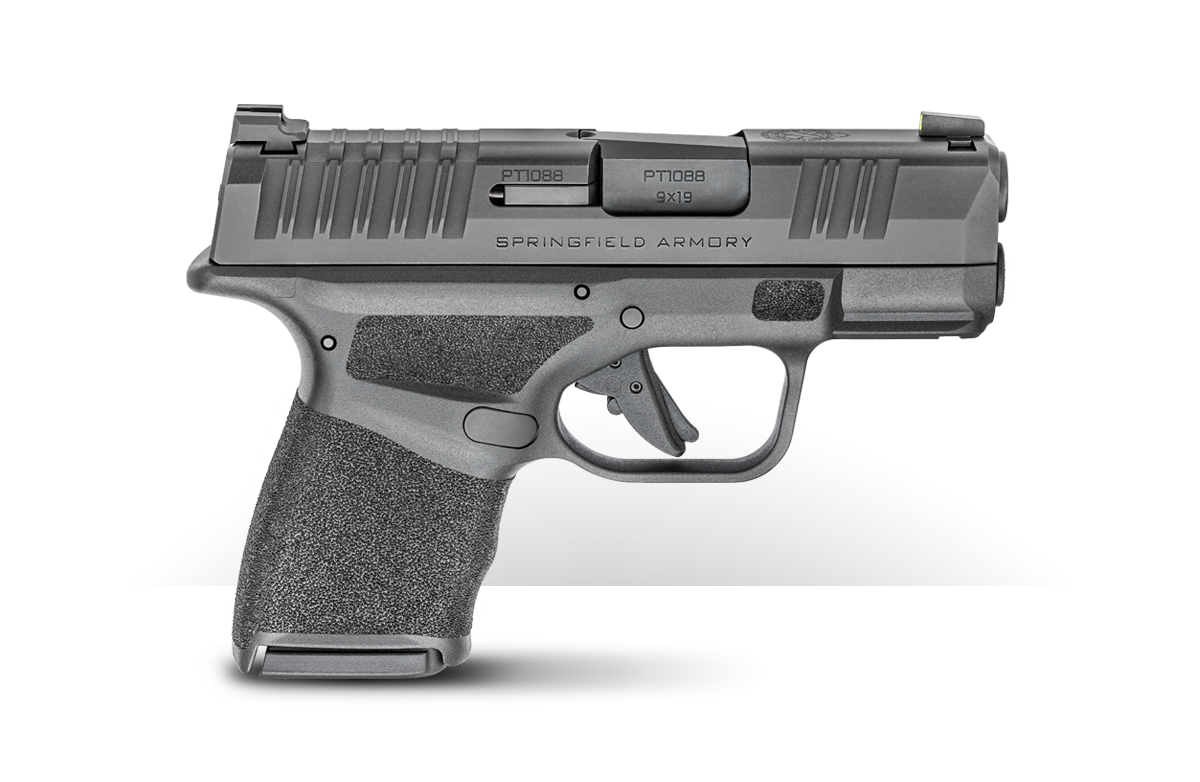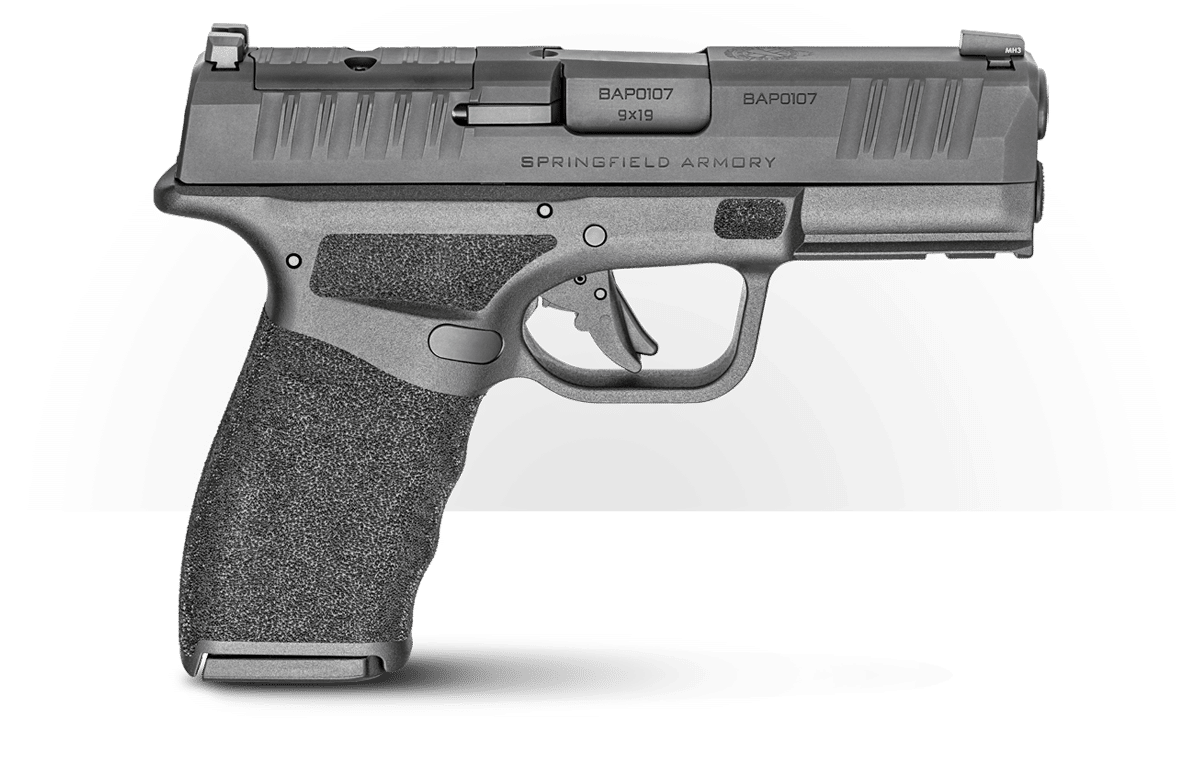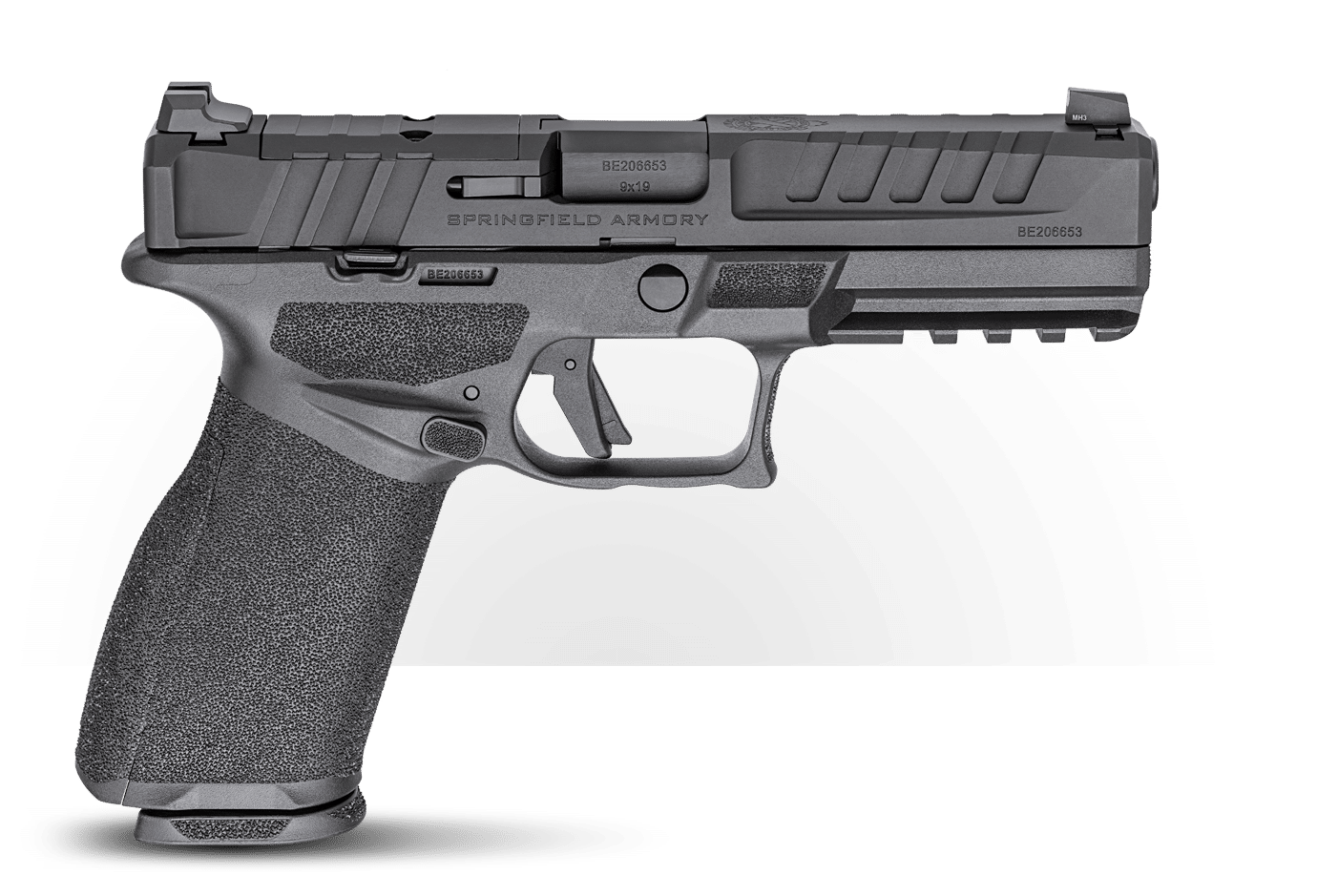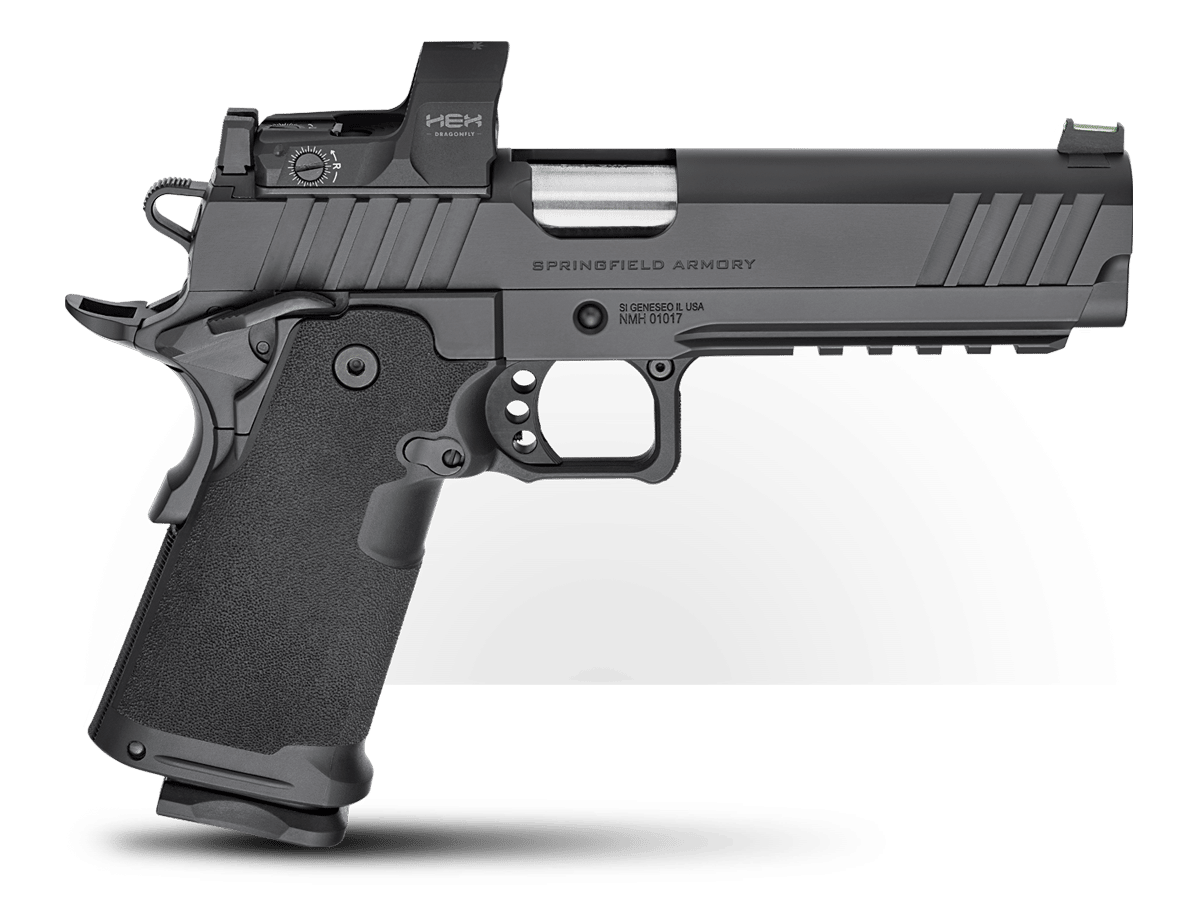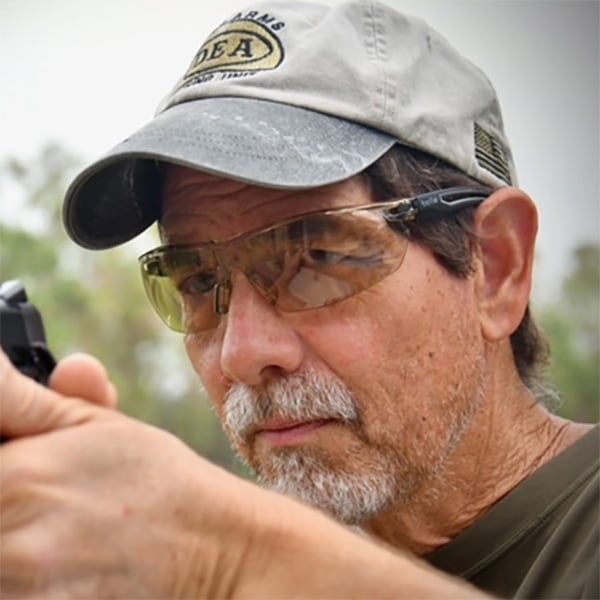Is It All in the Front Strap?
February 3rd, 2025
6 minute read
You stand facing the target, eyeing a potential threat, your heart is pounding, your breathing quickens, you feel the rush of blood through your body, making your gun hand heavy in anticipation of bad things fixing to happen. The threat makes a hostile move, and you react by going for your gun and feeling the web of your hand hitting the tang of your gun and your fingers gripping the front strap.

The draw comes naturally, without thinking about it, as you have practiced it countless times, and before you know it, a quick double tap piercing the center mass saves the moment. You follow this action by scanning the immediate vicinity for additional threats, none found, your gun feels glued to your hand. When the dust settles, you glance at your loved ones, or bystanders, who may be shaken but otherwise intact. Your surrounding area is clear and safe. You holster your pistol, do a quick physical assessment of yourself, and you catch your breath in relief.
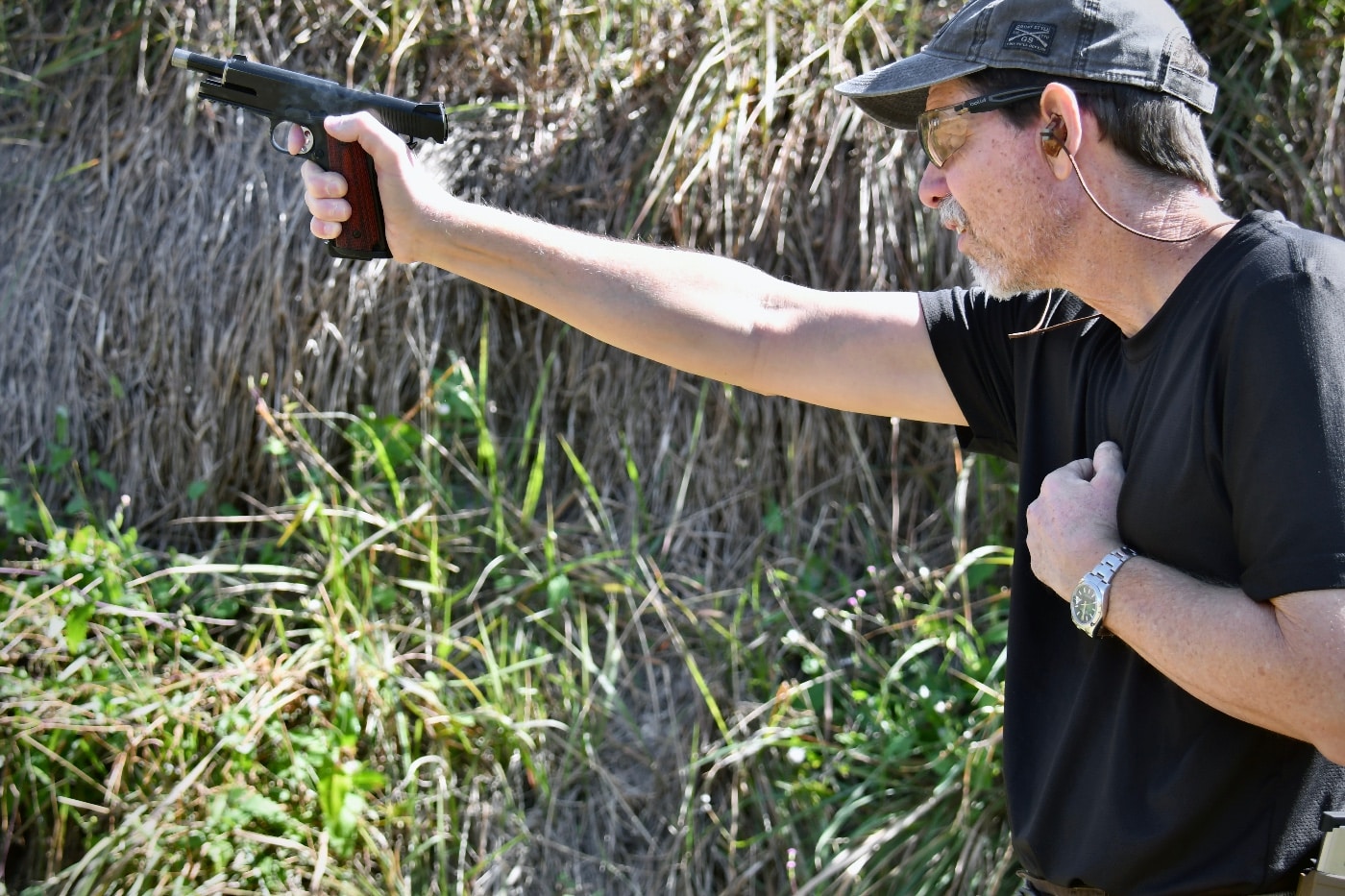
Could this situation be a real shooting? Absolutely. Or could it be a recreation of a real-life shooting in a training or competitive environment? Definitely. What’s notable in any of these possibilities is that a textured front strap can help you maintain a good grip on the gun from the onset of the ever-crucial draw, continuing through recoil, and then the immediate aftermath of the shooting.
A front strap with a rough surface, while not necessary for shooting, does help keep a solid grip without straining your hand and forearm muscles, and to me that’s an advantage I would consider.
When More Is More
When I was working years ago, some of my fellow agents would dress the grips of their personally owned, agency-approved pistols with a collage of skateboard tape; unsightly but functional.
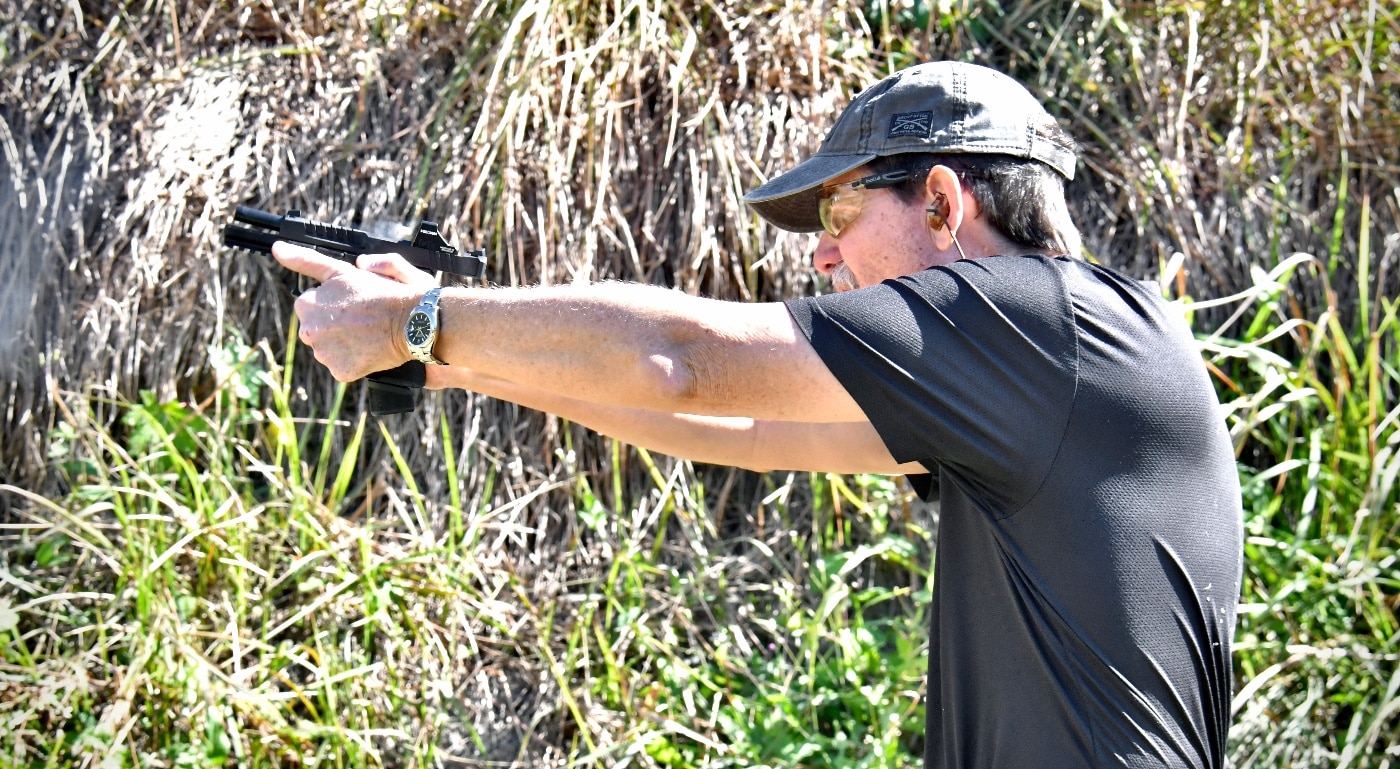
Gone are those days. Now, there are many commercially available options for adding texture to the front strap of your pistol. Some are pricey, some are cheap and simple; they all work to keep your fingers from shifting their position during shooting. Also, many firearms come from the factory these days with texturing on the front strap. Of course, there are many pistols with smooth surfaces all around their entire grip. I have seen competitive shooters who rely purely on their hand strength to keep the gun steady even in long shooting days.
However, in slippery circumstances when there’s water, sweat or blood, and your grip strength is compromised due to dehydration or blood loss, a textured front strap can help keep the gun as the extension of your arm that is meant to be, particularly when forced to engage a threat in one-handed shooting.
Moreover, when gripping the gun with a two-handed grip, we aggressively exert pressure on the front strap with our fingers, which in turn, adds pressure on the back strap by the palm of our hand. We then consolidate the grip with the support hand in a vise-like manner. Having texture on the back strap, and on the sides of the gun, helps solidify the entire shooting grip of the pistol.
But most importantly, though, the one constant factor is the firm purchase of your fingers on the front strap. Without it, the entire grip can fail, making accurate follow-up shots difficult. The constant, locked, pressure of your middle, ring, and little fingers on your front strap is the anchor of your grip; if the anchor fails, the ship goes adrift.
Where It Counts
After shooting hundreds of rounds at a time, you may notice that your fingers bear a faint imprint of the texture of the front strap of your gun. The more abrasive the texture of the front strap, the deeper its signature will be on your fingers. This is a sign that you are putting pressure in the right place. At the same time, cinching the web of your hand on the tang of your gun further helps to control recoil and isolate the trigger finger for unencumbered trigger manipulation during quick double taps and sustained strings of fire. For best results on a 1911, the pressure of your thumb during shooting would be on top of the manual safety.
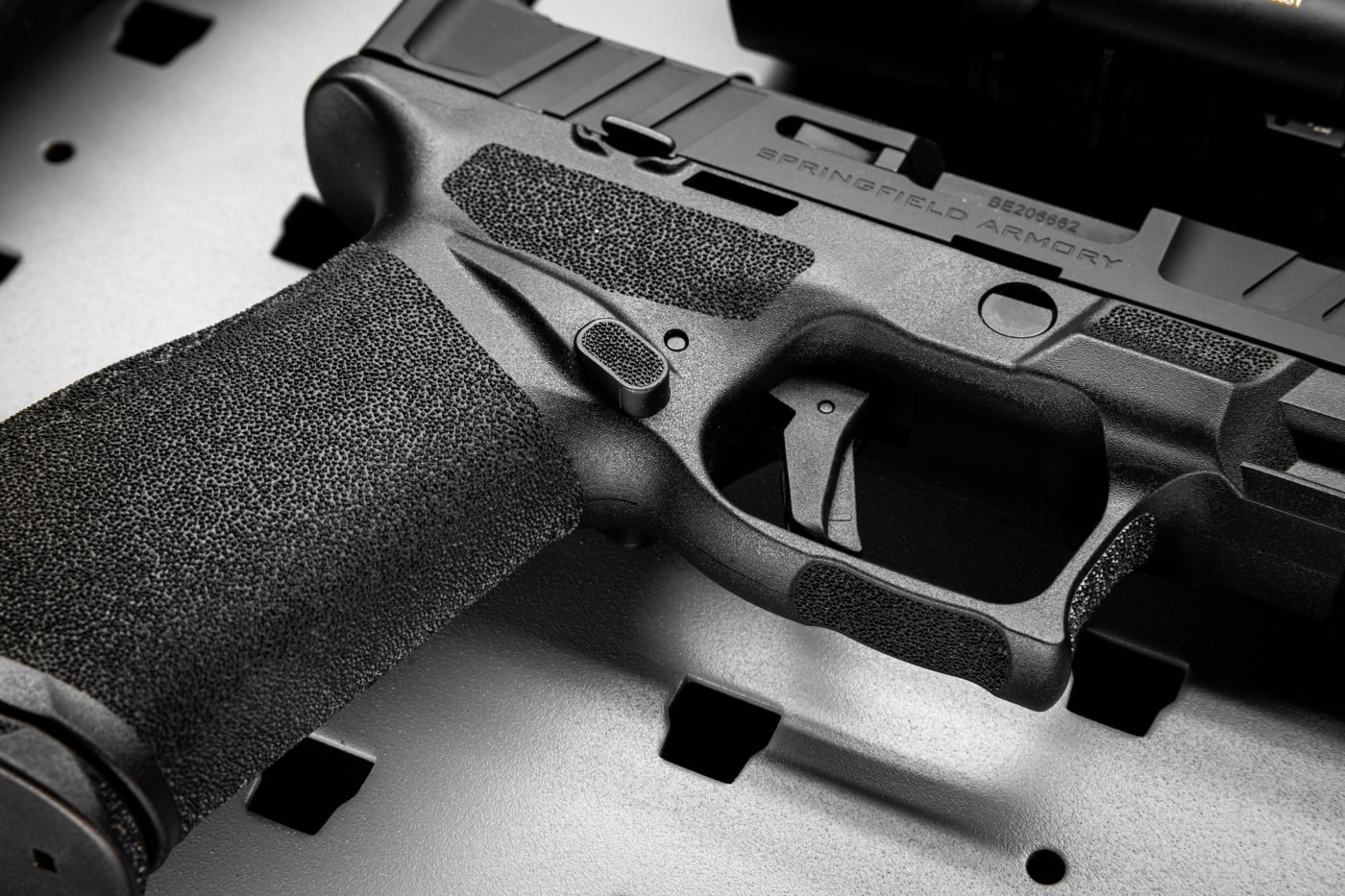
Finger grooves in the front strap is another way to keep the shooting hand from moving. A lot of people like them, and I used them for years, but I now prefer a textured front strap that doesn’t dictate the exact placement of my fingers on the pistol grip, while still providing a rough surface for bonding during recoil.
Let’s look at some diverse front strap textures I have used over the years:
25 lines per inch (LPI) checkering: Ideal for concealed carry, bonds to my hand even in wet conditions. Firm but not abrasive. Normally found in some 1911s.
20 lines per inch (LPI) checkering: perfect for competition and tactical situations, and concealed carry as well as it doesn’t snag on clothing. This pattern digs into my hand more aggressively, but the fingers won’t go anywhere! This is the checkering of the Springfield Armory’s TRP series.
Wrap-around Hogue rubber grips: this option is not abrasive at all, yet it melts into my hand. When I used the rubber grips with finger grooves, it made the grip a little bulkier. This would be an affordable option if your hand can accommodate the extra width and you like where it positions your fingers.
Grip tape: I use Talon Grips for my polymer frame guns. I get a secure hold of the gun without augmenting the width of the grip. In a steel gun like an SA-35, I would probably use a rectangular piece of tape just for the front strap.
Some guns, such as Springfield Armory’s Prodigy, the Hellcat and Echelon pistols, come with a great built-in grip texture that needs no further additions or investment. Also as noted, the TRP series of 1911s come straight from the factory with 20 lpi checkering.
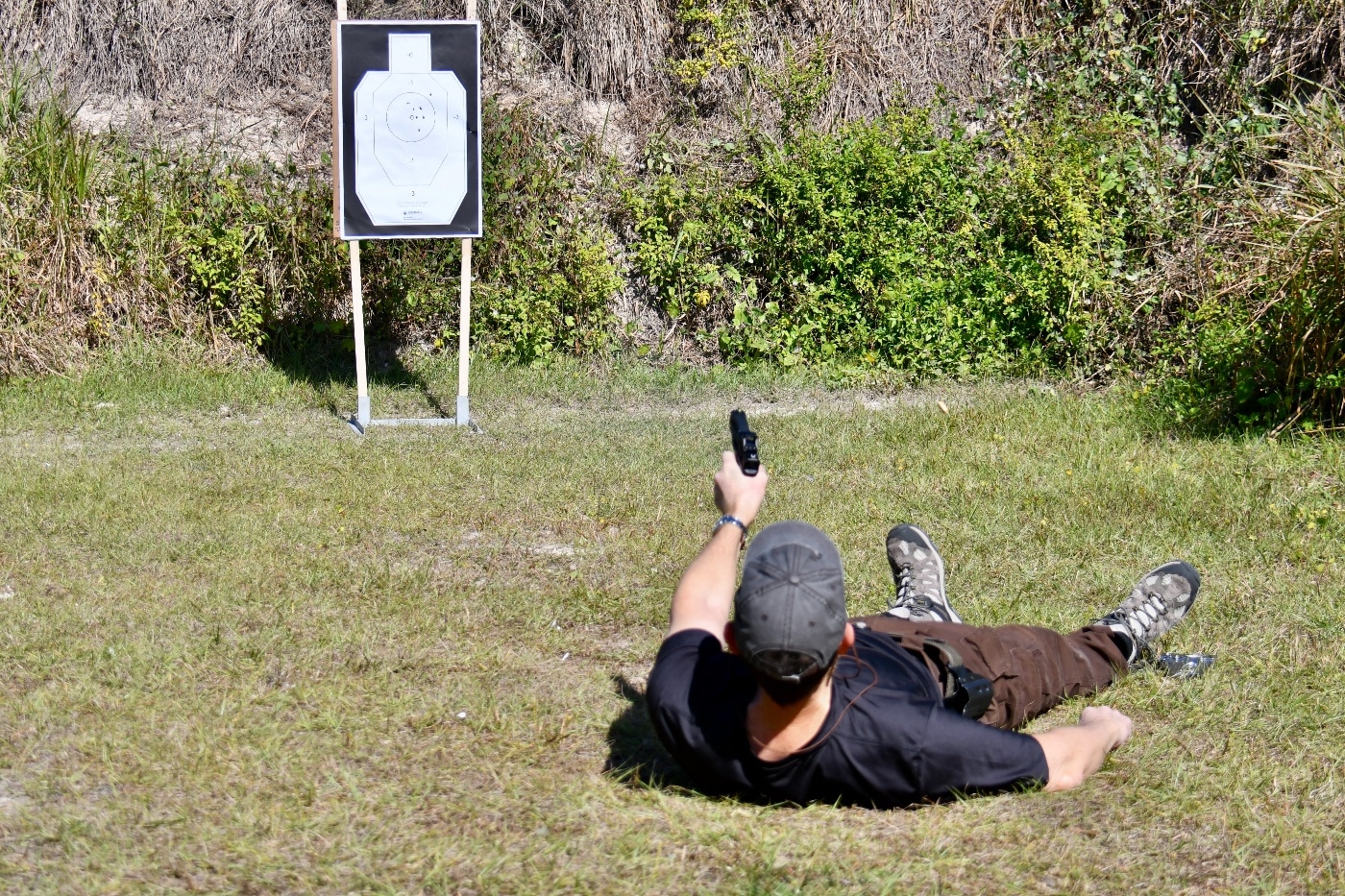
I have seen plenty of other textures, from vertical lines to specialty, custom etchings that would command a high price. In my view, it comes down to your preference. The texture just needs to help cement your grip during recoil. I would encourage you to go out and try different patterns, you might be surprised — it may not be the most expensive option that works best for you.
As we already know, we must pay attention to every element of the fundamentals of shooting, such as grip, stance, sight alignment, sight picture, trigger control and follow-through; so, anyone can argue that it’s not all in the front strap. But then again, I would argue that a good part of the shooting equation can. Why not take advantage of this benefit if you can?
Editor’s Note: Please be sure to check out The Armory Life Forum, where you can comment about our daily articles, as well as just talk guns and gear. Click the “Go To Forum Thread” link below to jump in and discuss this article and much more!
Join the Discussion
Featured in this article
Continue Reading
Did you enjoy this article?

 233
233




